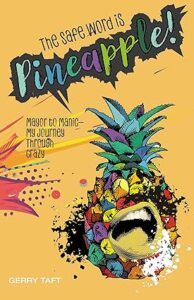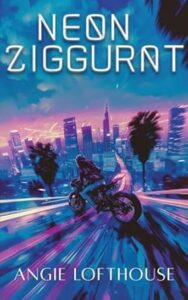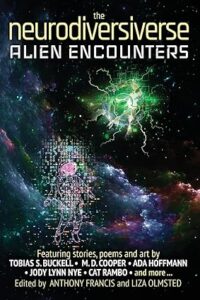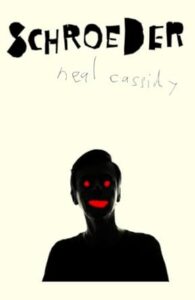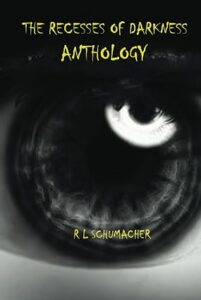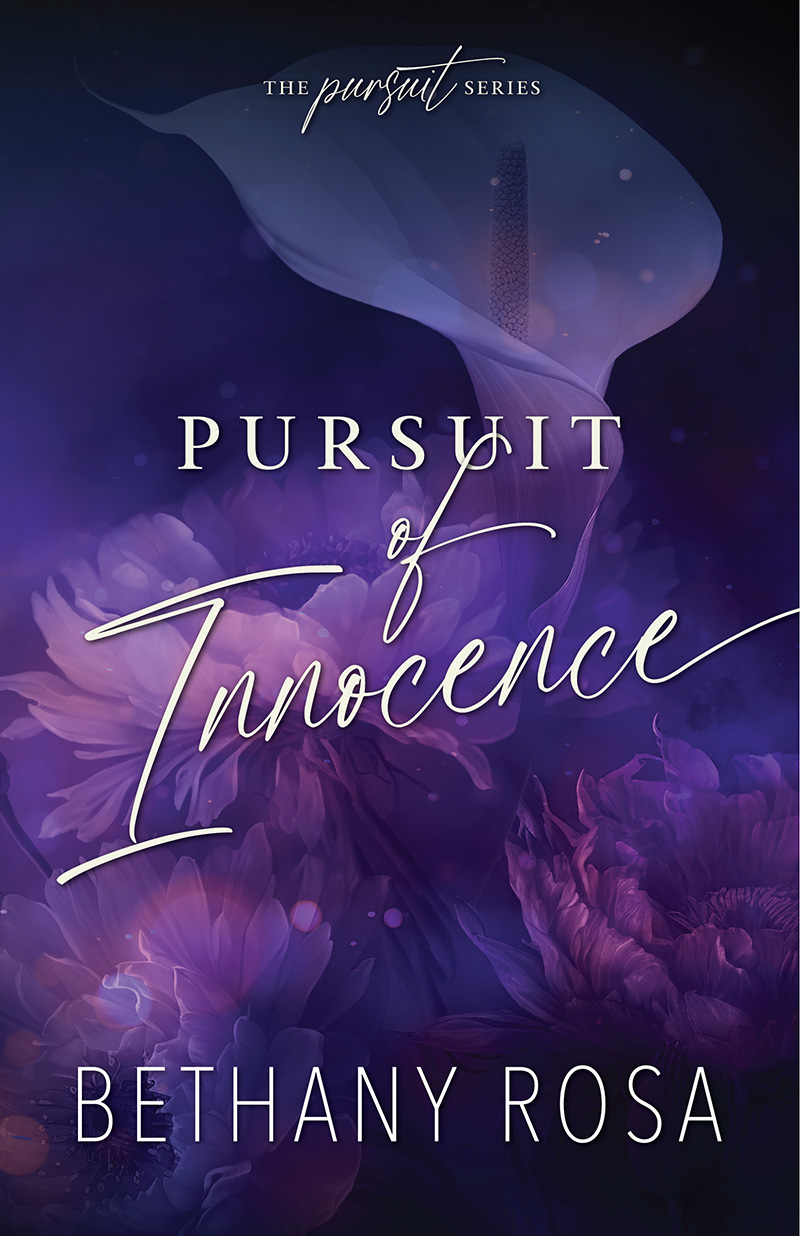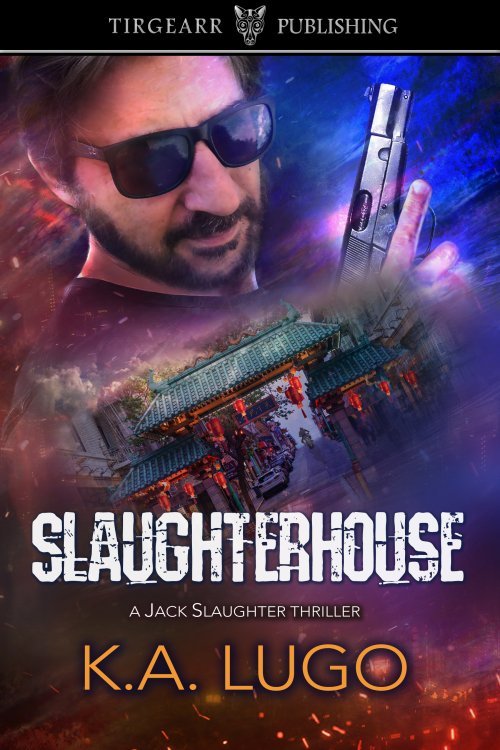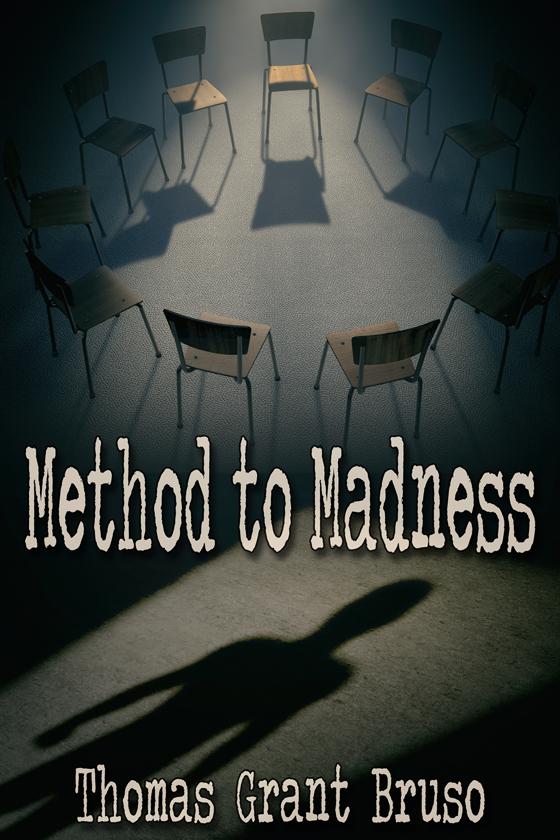The Safe Word Is PINEAPPLE! – Mayor to Manic – My Journey Through Crazy by Gerry Taft
Publisher: Self-Published
Genre: Non-Fiction, LGBTQ, Contemporary
Rating: 4 Stars
Reviewed by AstilbeA creepy club. A sketchy fast food restaurant. Ultra wealth and urban poverty. A weird night during a political conference in Vancouver turns author Gerry Taft’s life—and mind—inside out.
Believing he’s about to die, with visions of good and evil conspiring around him, Gerry writes a contract to extend his life. He navigates this sudden psychosis and paranoia by posting about it on social media in real time—and running down the street with his daughter. The Safe Word Is PINEAPPLE! is the true story of an epic meltdown with real world consequences and important lessons.
Part memoir, part social commentary, Gerry uses his lived experience as a framework to discuss—and offer solutions to—the many failings in our society. The Safe Word Is PINEAPPLE! is a call to embrace shared values, have honest conversations, increase personal power, and decrease the pull of polarization.
Everyone needs sympathy sometimes.
Translating what it feels like to have a mental illness to people who have not been through the same thing is difficult. The author went into great detail about his symptoms and how they affected his life which was exactly what I was hoping to see in this book. The more information the general public has about how frightening and lonely this experience can be, the better informed they will be about what’s going on with their loved ones under the same circumstances.
There were some aspects of this memoir that I wish had been better explained. For example, the author described certain people in life as suddenly changing their minds about things they had agreed to. I was never entirely sure how many of these things were misunderstandings versus people genuinely changing their minds or both participants in those conversations coming away with slightly different memories of what happened. Nobody’s memory is perfect, of course, but I would have understood these sections better if more time had been spent teasing out what was truly going on there.
One of the things I appreciated the most about this memoir was how honest Mr. Taft strove to be about what really happened during his mental health crisis in 2023. Sometimes his memory was fuzzy for completely understandable reasons that were probably related to his mental state at the time and certain medications he was taking, but he kept circling back to sharing as many facts about this chapter of his life as he could recall. This was something he did even in cases when it didn’t necessarily paint him in a positive light. His self-awareness and willingness to admit that he was sometimes not very sensitive to other people’s feelings were admirable. Admitting one’s faults isn’t easy, and neither is genuinely trying to fix them!
The Safe Word Is PINEAPPLE! was thought provoking.
